Our nation has a wide variety of plant life since it contains almost every imaginable landscape. Wildernesses everywhere, from mountains to plains, provide a haven for enchanting creatures. We tried to create this latest chart/calendar with the ideal times to sow and harvest veggies. However, if you are very specific, we advise checking with gardening specialists in your town, city, or village for the most up-to-date information regarding local conditions.
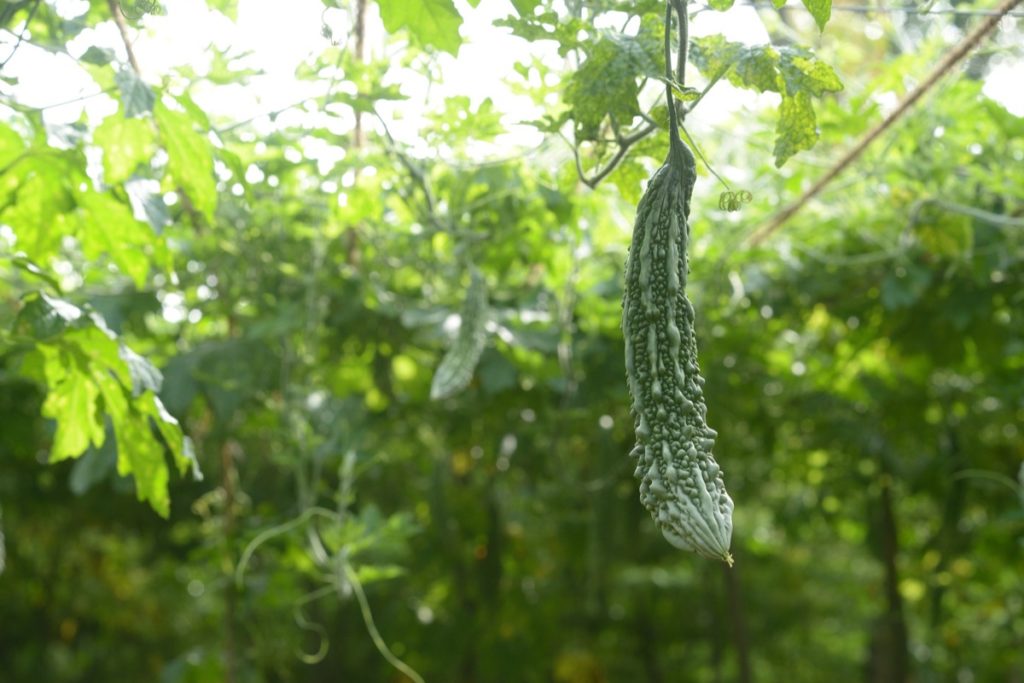
This page has a comprehensive vegetable sowing calendar for India, split into sections covering the country’s many growing regions: the north, the south, and everything in between. Below we learn the vegetable planting calendar for north and south India, germination temperatures, and the growing season chart for different vegetables. This article will help you to understand the vegetable growing season chart in India.
Vegetable growing season chart in India
What month is the best month to plant vegetables?
Sowing and harvesting your vegetable crops at the proper time of year, when they are at the top of softness and flavor, is essential, whether you are sowing them straight outdoors in the ground or inside with the heat. Most vegetables are planted in the spring, between March and May, although others, like broad beans, may need to be planted earlier depending on the weather. Midway through the summer is when most harvests begin.
On the other hand, beans, carrots, radishes, and potatoes should be harvested sooner. Be aware that certain vegetables, such as beets, brussels sprouts, cabbages, leeks, and parsnips, have a later harvest time. It depends on the weather and the plant’s development, but the later-ripening veggies can be harvested far into the new year.
Keep in mind that before transplanting to the outside, certain vegetables must first be sown inside. This procedure is necessary for vegetables that have thick skins, such as tomatoes, sweet corn, and cabbage. Vegetable growing thrives in the summertime as well. Vegetables that do well in the intense heat of Indian summer need much daylight to grow.
What is a vegetable cropping calendar?
The Crop Calendar is useful for promoting home vegetable production by providing accurate and timely seed information. It details the best times to grow, sow, and harvest regionally appropriate crops in various ecologies. It details the most common gardening procedures and the rates at which various seeds and planting materials can be sown.
It helps farmers and garden enthusiasts make informed choices about what to grow and when to plant it, all while being mindful of the environmental impact. It also helps with emergency planning for agricultural system recovery following calamities.
In case you missed it: How to Grow and Care for Devil’s Ivy – A Step-by-Step Guide for Beginners
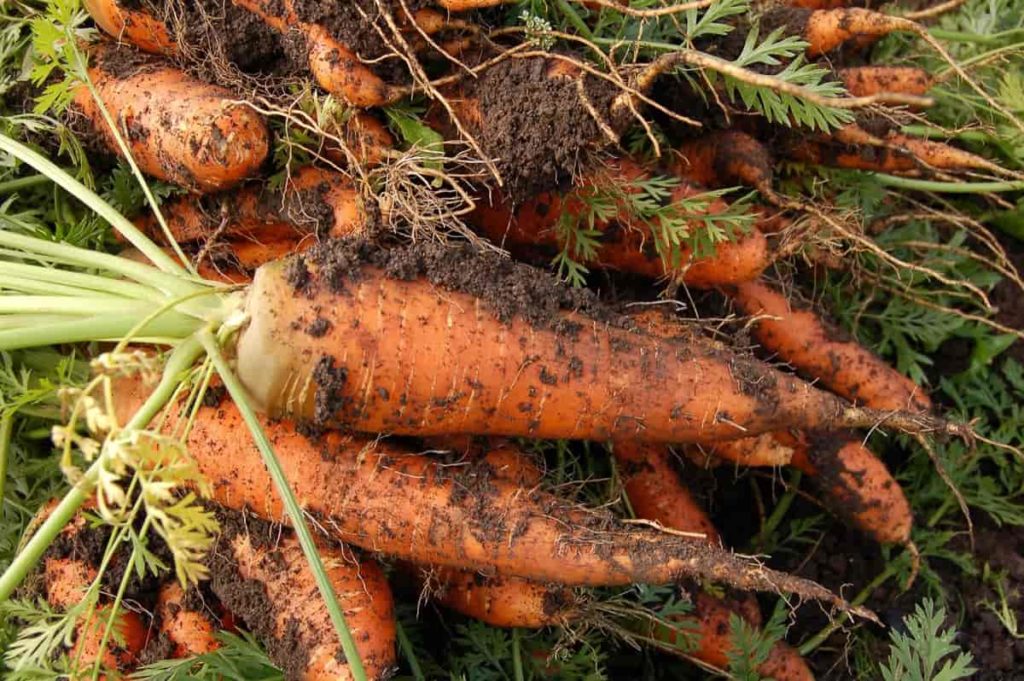
When should tomatoes be planted in India?
Seeds are planted in June and July for a winter harvest and in October and November for a spring and summer harvest. From March until April, gardeners spread seeds. Tomato seedlings are grown from seed in nurseries before being transplanted into the field. Three-by-six-foot raised beds are set up with a 10-15 cm elevation.
What is the fastest-growing vegetable plant?
Just 3 to 4 weeks is all it takes to harvest radishes, making them one of the quickest veggies. Additionally, they are pretty simple to grow. Plant seeds in either fertile soil or potting soil in containers. Spread the healthy seeds out thickly, leaving approximately an inch (2.5cm) between each one. The peppery roots can be grown in a continuous harvest by sowing a few seeds every few weeks until the end of summer.
The seeds will start to sprout in around three to five days. If the seedlings are too close, you should thin them out so the roots have space to grow. Make sure no weeds are growing there, and water when it’s dry. Don’t let the roots grow too big, or they’ll become woody and spicy.
In case you missed it: How to Make Cow Dung Manure Compost: A Step-by-Step Guide to Use in Your Farm/Garden
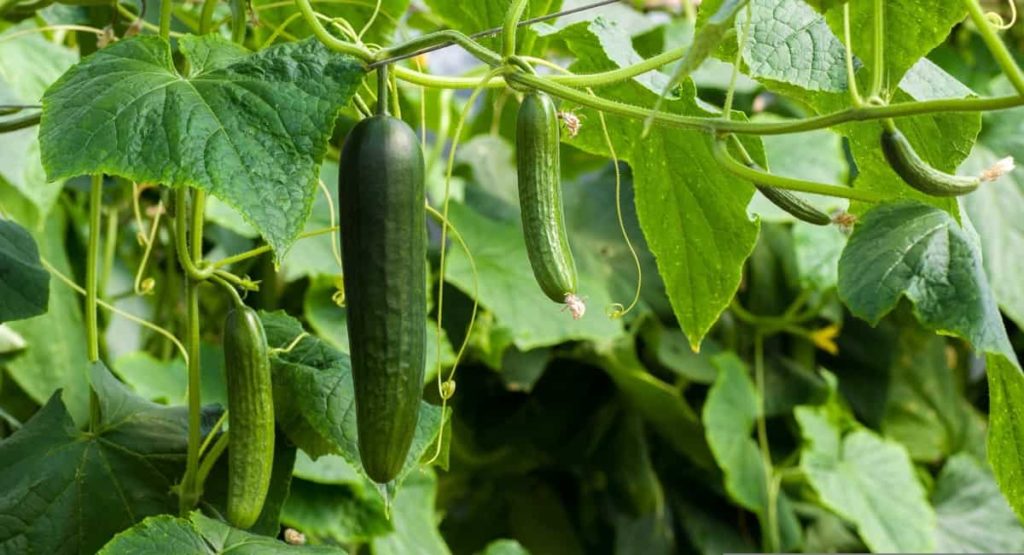
When should I plant carrots in India?
In India, carrots are a very important vegetable crop. Significant carrots are produced in Haryana, Karnataka, Andhra Pradesh, Punjab, and Uttar Pradesh. Carrots needed loose, deep soils to produce strong roots. Carrots can’t be grown on either too heavy or too sandy soils. Soil pH between 5.5 and 7 is excellent for maximum crop production (pH of 6.5 is ideal for good yield). Remove clods and weeds from the ground by plowing them completely.
At the time of land preparation, add well-composted cow dung into the soil. Forking of fleshy roots signifies that cow dung hasn’t decomposed enough to be used. Carrots of the local (desi) variety do best when planted in August and September, while European ones do best in October and November. Maintain a 45-cm distance between rows and a 7.5-cm distance between plants. Sowing seeds at a depth of 1.5 centimeters will promote healthy development. Apply both the dibbling and disseminating sowing techniques.
In case you missed it: Mississippi Vegetable Planting Calendar (MS): Month Wise Garden Guide for Fall, Winter, Spring, Summer, Zone 7, Zone 8, and Zone 9
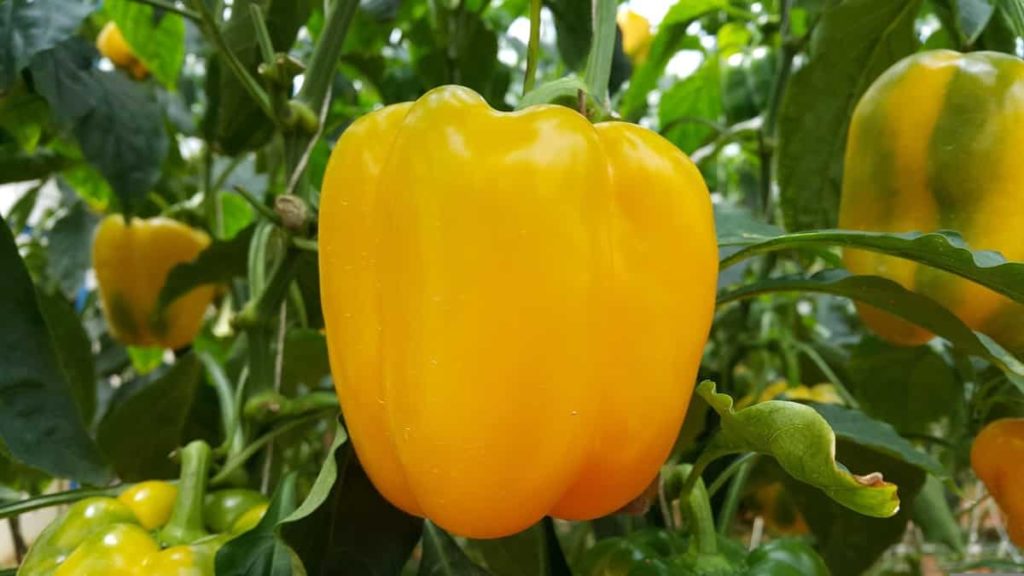
What plant can grow in 1 month?
If you’re a fan of carrots and want a quick harvest, you should choose them. In this case, you can simply plant the young carrot seeds in the ground or a mud container. The seeds to grow baby carrots can be found at any store. After this stage, this vegetable requires little maintenance. In 30 days, you’ll have fresh, homegrown baby carrots from your garden, and all you’ll have to do is water them once every two or three days. Radish, packed with health-promoting elements, is a staple in most Indian diets.
Growing radishes is excellent since they thrive in various climates and soil types. It’s as simple as planting radish seeds in the ground and giving them watering every day or two. Typically, radishes need roughly 25 days from planting to harvest. It can take as long as 30 days. Cucumber can be eaten raw or cooked in various tasty ways. These are simple to grow and are not limited to a certain time of year.
Cucumbers don’t need anything but room to grow. You should leave some distance between them in your vegetable garden. Trellises can serve the same purpose. Your efforts won’t become apparent for another three to four weeks. Spinach, one of the healthiest crops, can be produced in a home garden in only four to five weeks. Here, you must pick a few spinach seeds and plant them in fertile soil. Be careful to give the plants frequent attention, including watering.
If you’re consistent with this, your spinach will be lush with green leaves after a few weeks and look very nutritious. When we discuss the benefits of spinach, we can’t help but think about lettuce, another plant with many beneficial components. In fewer than 30 days, lettuce can yield a substantial crop despite the cold weather. You can choose from many kinds of lettuce, each with its unique flavor profile.
Beans are rich in vitamin content and are considerably simpler to grow. For the sake of your kitchen garden’s aesthetics, you should grow this veggie. This plant can go from dead in less than 20 days to a green beauty that enhances the aesthetic appeal of your landscape. So, whether you care more about the visual beauty of your garden or the nutritional value of the food you eat, this is one vegetable you should grow.
In case you missed it: Massachusetts Vegetable Planting Calendar (MA): Month Wise Garden Guide for Fall, Winter, Spring, Summer, Zone 5, Zone 6, and Zone 7
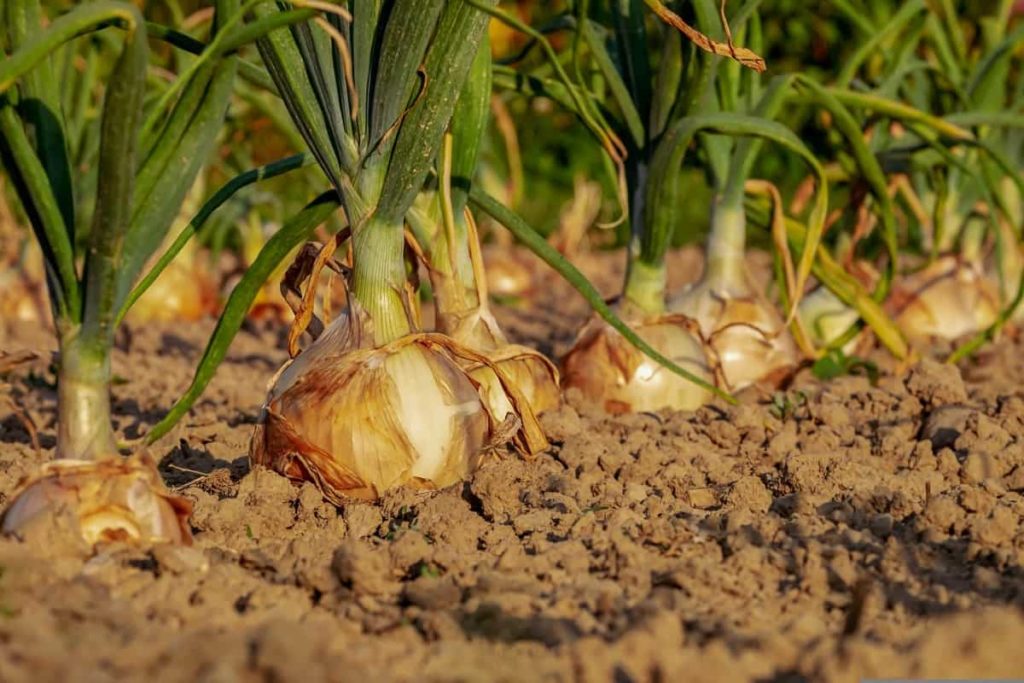
Indian vegetable planting calendar
Indian vegetable germination chart
| Vegetable | North India-growing season | South India-growing season | Germination temperature (˚C) |
| Melon | Feb to Mar June to July | Jan to Feb Mar to June to Dec | 22 to 32 |
| Corn | Oct to Nov | Sept to Oct | 10 |
| Pumpkin | Jan to Mar Sep to Dec May to June | June to July to Jan | 20 to 35 |
| Potato | Oct to Dec | Oct to Dec | 4 |
| Cauliflower (early) | Mid-June | June to July Aug to Sep | 25 to 27 |
| Cauliflower (late) | Aug to Oct | June to July | 16 to 20 |
| Cauliflower (midseason) | Jun to July Aug to Sept | June to July Aug to Sep | <16 |
| Turnip | Oct to Nov | Oct to Nov | 15 to 35 |
| Tomato | June to Aug Nov to Dec | Jan to feb June to July Oct to Nov | 20 to 30 |
| Spinach | Sept to Nov-Feb | Sept to Nov | 10 to 22 |
| Radish | Aug to Jan | –it depends– | 10 to 30 |
| Peas | Sept to Nov | Sept to Nov | 10 to 22 |
| Onion | May to June | Mar to April May to June Sept to Oct | 10 to 32 |
| Okra | Feb to March June to July | Jan to Feb May to June to Dec | 20 to 32 |
| Lettuce | Sept to Oct | Oct to Dec | 7 to 27 |
| Beans | Feb to Mar | — | 16 to 30 |
| Cucumber | Feb to Mar June to July | June to July Sept to Oct Dec to Jan | 16 to 32 |
| Carrot | Aug to Oct | Aug to Nov | 10 to 30 |
| Capsicum | Nov to Jan May to June | Jan to Feb May to June Oct to Nov | 15 to 25 |
| Cabbage | Sept to Oct | June to July Oct to Nov | 10 to 20 |
| Broccoli | Aug to Sept | Aug to Sept | 21 to 23 |
| Bottle gourd | Feb to Mar June to July | Nov to Dec Dec to Jan Jun to July | 20 to 30 |
| Bitter gourd | Feb to Mar June to July | Nov to Dec Dec to Jan Jun to July | 20 to 30 |
| Beetroot | Oct to Nov | Aug to Nov | 10 to 30 |
| Apple gourd | Feb to Mar June to July | Feb to Mar June to July | 20 to 30 |
In case you missed it: Michigan Vegetable Planting Calendar (MI): Month Wise Garden Guide for Fall, Winter, Spring, Summer, Zone 4, Zone 5, and Zone 6
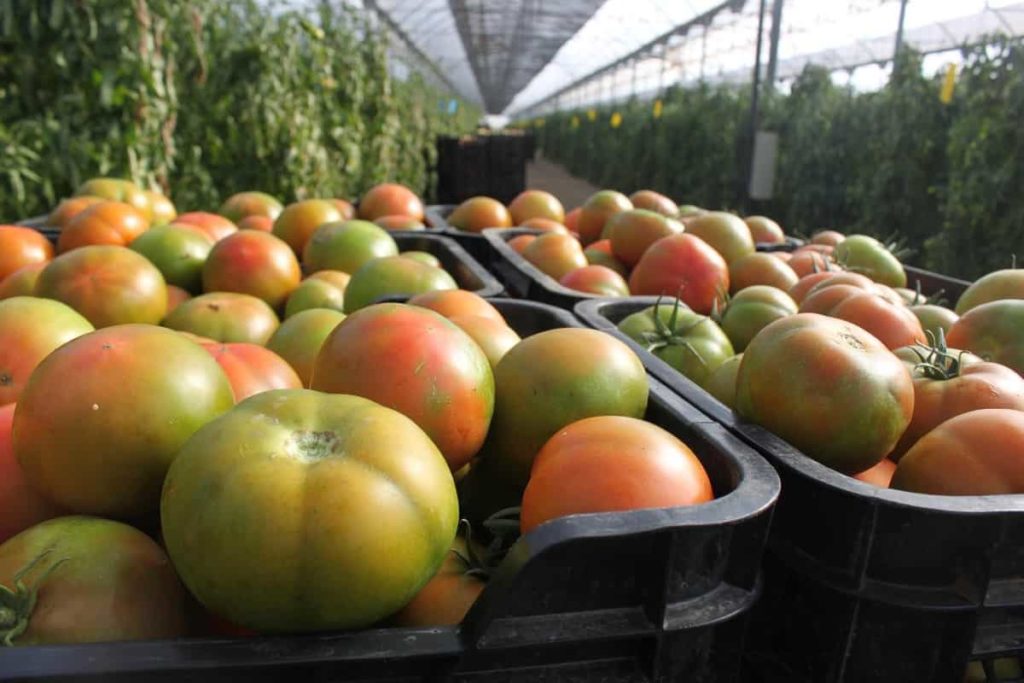
Indian vegetable sowing calendar
| Vegetable | Method of sowing | Depth for sowing(inches) | Sowing distance (inches/feet) | Days to maturity |
| Melon | Direct | 1 | Between rows: 18” to 24” | 70 to 85 days |
| Corn | Direct | 1 to 1.5 | Between rows: 30” to 36” Between seeds: 4“ to 6“ | 60 to 100 days |
| Pumpkin | Direct | 1 | Between seeds: 24“ to 48“ | 70 to 75 days |
| Potato | Direct | 4 | Between rows: 12“ to 18“ | 70 to 120 days |
| Cauliflower (early) | Transplant | 0.5 | Between rows: 2 ft Between seeds: 2 ft | 120 to 125 days |
| Cauliflower (late) | Transplant | 0.5 | Between rows: 2 ft Between seeds: 2 ft | 120 to 125 days |
| Cauliflower (midseason) | Transplant | 0.5 | Between rows: 2 ft Between seeds: 2 ft | 120 to 125 days |
| Turnip | Direct | 0.5 | Between rows: 1.5 ft Between seeds: 4” | 40 to 50 days |
| Tomato | Transplant | 0.25 | Between rows: 2.5 ftBetween seeds: 1 ft | 110 to 115 days |
| Spinach | Direct | 0.5 | Between rows: 9 ftBetween seeds: 3 ft | 60 days |
| Radish | Direct | 0.5 | Between rows: 12” Between seeds: 2“ to 3“ | 40 to 45 days |
| Peas | Direct | 1 | Between rows: 12“Between seeds: 4“ | 55 to 60 days |
| Onion | Transplant | 0.25 | Between rows: 6 ftBetween seeds: 4 ft | 150 to 160 days |
| Okra | Direct | 0.5 | Between rows: 18“Between seeds: 12“ | 45 to 50 days |
| Lettuce | Direct/ Transplant | Surface sow, cover lightly with soil | Between rows: 8“ to 12“ | 45 to 55 days |
| Beans | Direct | 1 to 1.5 | Between rows: 18“Between seeds: 8“ | 45 to 50 days |
| Cucumber | Direct | 0.5 | Between rows: 12“ | 50 to 70 days |
| Carrot | Direct | 0.25 | Between rows: 1.5 ftBetween seeds: 2“ | 75 to 80 days |
| Capsicum | Transplant | 0.25 to 0.5 | Between rows: 1.5 ftBetween seeds: 1.5 ft | 95 to 100 days |
| Cabbage | Transplant | 0.25 | Between rows: 1.5 ftBetween seeds: 1 ft | 90 to 100 days |
| Broccoli | Transplant | 1.5 | Between rows: 1.5 ftBetween seeds: 1 ft | 90 to 100 days |
| Bottle gourd | Direct | 1-2 | Between rows: 4 ftBetween seeds: 1 ft | 55 to 60 days |
| Bitter gourd | Direct | 0.5 | Between rows: 4 ftBetween seeds: 1 ft | 55 to 60 days |
| Beetroot | Direct | 1 | Between rows: 18“Between seeds: 4” | 80 to 90 days |
| Apple gourd | Direct | 1 | Between rows: 12“Between seeds: 12“ | 70 to 80 days |
Conclusion
We hope our vegetable growing season chart and sowing calendar will help you plan your perfect garden in India. However, if you live in the following states in India, this article may help you to understand different vegetable sowing times, and germination periods, along with a planting guide.
| Andhra Pradesh | Karnataka | Haryana | Sikkim |
| Arunachal Pradesh | Kerala | Himachal Pradesh | Tamil Nadu |
| Assam | Madhya Pradesh | Jharkhand | Telangana |
| Bihar | Maharashtra | Nagaland | Tripura |
| Chhattisgarh | Manipur | Odisha | Uttar Pradesh |
| Goa | Meghalaya | Punjab | Uttarakhand |
| Gujarat | Mizoram | Rajasthan | West Bengal |
| Central India | West India | South India | North India |
- Profitable Village Farming Business Ideas in 2024
- High-Yield Aquaculture: Fast-Growing Fish for Farming
- Effective Fish Pond Construction Techniques for Beginners
- Irrigation and Water Management in Pineapple Farming
- Blossom to Harvest: Mastering Flowering and Pollination in Papaya Farming
- Pig Fattening Essentials: From Selection to Sale for Beginners
- Raising Wagyu Cattle: A Complete Guide for Premium Beef Production
- Soil Types and Their Water Holding Capacity
- Optimizing Irrigation Schedules for Coconut Groves for Enhanced Yield
- Espresso Your Garden: Coffee Grounds for Healthier Acid-Loving Plants
- The Best Soil Mix for Snake Plants: How to Mix Your Own Snake Plant Soil
- Green Thumb Success: Expert Tips for Cultivating Greenhouse Beans All Year Round
- Bloom All Year Round: The Ultimate Guide to Indoor Hyacinth Care
- Eco-Friendly Gardening: How to Make Liquid Fertilizer from Kitchen Waste
- Ultimate Guide to Grow Anise in Pots: Explore Seed Propagation to Harvesting
- Guide to Raising Chester White Pigs: Discover Breed Facts to Growth Management
- Mastering the Elegance: The Ultimate Guide to Weeping Cherry Tree Care, Planting, and Maintenance
- Ultimate Guide to Planting Garlic in Grow Bags: Growing Strategies for Beginners
- How to Fix Spider Plant Leaf-Related Problems: Natural and Organic Remedies
- 10 Reasons Why Your Tulsi Plant is Shedding Leaves: Home Remedies and Solutions
- Optimizing Growth and Yield: The Advantages of Palm Bunch Ash Fertilizer
- Utilizing Neem Oil Extract as a Natural Pesticide for Hydrangea
- From Soil to Harvest: Various Ways in Which Farmers Can Use AI Tools
- Steps to Encourage and Induce Citrus Flowers: A Comprehensive Guide
- How to Fix Snake Plant Leaf-Related Issues: Natural and Organic Remedies
- Transform Your Garden into a Fragrant Oasis with Raat Ki Rani (Night Blooming Jasmine)
- Discover the Ideal Chicken Breeds for Philippine Farms
- How to Create a Poultry Egg Farm Business Plan for Profits
- Grow Lemon Cucumbers Like a Pro: Insider Techniques for Bountiful Yields
- Ultimate Guide to Caring for Your Pink Princess Philodendron: Tips for Thriving Variegation
- Areca Nut Profit Per Acre: Calculating Yield and Cost of Cultivation
- How Kaveri Chicken is Becoming a More Profitable Breed in Indian Backyards
- Transform Your Barn: 9 Steps to Convert a Horse Stall into a Chicken Coop
- Exploring Suffolk Sheep Disadvantages with Limitations and Challenges
- Guide to Solving Potted Lemon Tree Problems: How to Revive Lemon Tree in Containers
- Steps to Encourage Female Pumpkin Flowers: Best Strategies for More Flowers and High Yields
